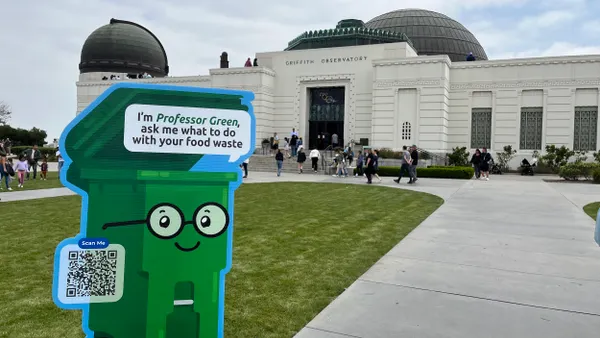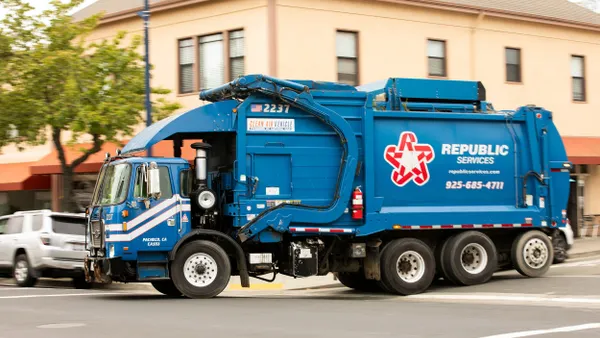Dive Brief:
- The U.S. Mint will restart the mutilated coin redemption program, after suspending it in Nov. 2015, according to a final rule published in the Federal Register Dec. 20. Under the new rule, the Mint will no longer accept fused, "uncurrent," or unsorted coins in lots of one pound or more. Redemption rates have also been updated, as reported by Coin World.
- The Institute of Scrap Recycling Industries (ISRI) hailed this news as a "significant victory" for recyclers. "ISRI is extremely grateful to the Mint which worked closely with the industry to better understand the sorting and separating technologies used in scrap facilities, global trade flows, and other critical issues that will allow it to effectively implement this program," said President Robin Wiener in a press release.
- This issue had also been a priority for Covanta, which submitted comments on the proposed rule this fall. "We believe that the continued suspension of the coin redemption program is hurting business, affecting jobs and demonstrates a lack of faith in our own U.S. currency," wrote Steve Bossotti, senior vice president of metals management, in a Nov. 3 letter.
Dive Insight:
The U.S. Mint coin redemption program has been in existence for more than 100 years and the recycling industry has been cashing in. Some estimates have put the value of lost coins in the U.S. at more than $60 million per year. Yet concerns over fraud involving foreign companies led to heightened scrutiny and what was only supposed to be a short-term suspension. In the meantime, companies have been stockpiling coins with the hope that this lucrative option might return.
According to ISRI's comments to the U.S. Mint, the practice of coin sorting became even more common in 2003 when the majority of sorting for shredded automotive and appliance metal moved over to China. Low-cost labor meant workers were separating the material by hand and more likely to recover coins. This led to a growing amount of coin redemption by foreign companies that has continued even as more metal shredding activity moved back to the U.S. following the 2008 financial crash.
Today, many independent recycling companies in the U.S. have come to count on the value of coins from shredded metal. So when the program was suspended it hit them especially hard after already "suffering from low prices and very slim margins for several years" according to ISRI.
On the waste-to-energy side, the practice is somewhat newer. According to Covanta's comments, the company has been recovering coins with other metals at its Delaware Valley facility in Chester, PA for five years. As the company continues to invest in metals recovery it has factored coins into equipment decisions and anticipates "being able to separate and recover millions of dollars in coins" from WTE facilities "in the very near future."
While the U.S. Mint hasn't announced an official restart date for the program this is still a welcome piece of news for companies that are constantly looking for ways to maximize value from the resources they're processing.











